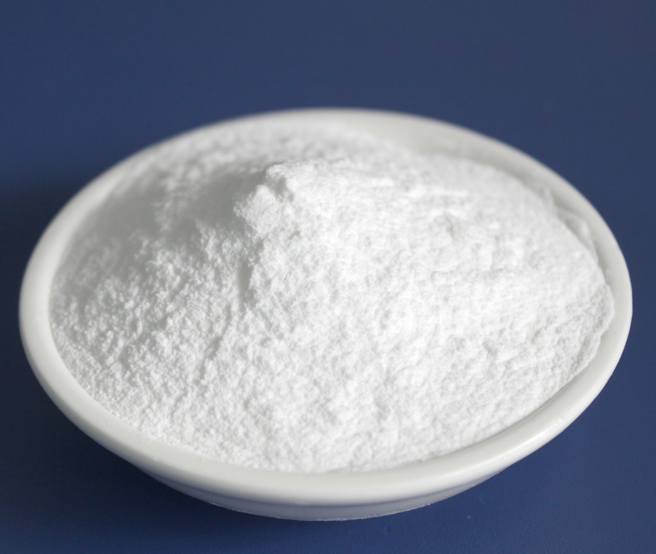In the construction industry, various materials such as concrete, gypsum, and coatings often produce a large amount of bubbles during mixing, stirring, and construction. If these bubbles are not dealt with in a timely manner, they will seriously affect the performance and appearance of building materials, and reduce the quality of the project. Therefore, defoamers for the construction industry have emerged as a key chemical additive, whose main function is to quickly eliminate and suppress the generation of bubbles, ensuring the smooth progress of the construction process and the quality of the final product.

There are various types of defoamers in the construction industry, which can be divided into organic silicon type, polyether type, mineral oil type, and composite type according to their chemical composition. Among them, organosilicon defoamers are widely popular for their excellent high temperature resistance, acid and alkali resistance, and long-lasting defoaming effect; Polyether type is famous for its good water solubility and wide adaptability to foam system. In addition, different types of defoamers may also contain surfactants, stabilizers, dispersants, and other components to optimize their performance.
The mechanism of action of defoamers in the construction industry mainly includes reducing surface tension, membrane damage, wetting and permeation, etc. They can quickly penetrate to the surface of the bubble, reducing the tension on the bubble wall and making the bubble more prone to rupture; Meanwhile, some defoamers can also form an unstable layer inside the bubbles, further promoting their dissipation. In addition, some defoamers can also form a protective film in the system to prevent the generation of new bubbles.
Building industry defoamers have the advantages of fast defoaming speed, long foam suppression time, wide applicability, and environmental friendliness without pollution. They can significantly improve the density and strength of building materials, enhance appearance quality, reduce rework rates, and thus save construction costs and time. Meanwhile, with the increasingly strict environmental regulations, the application of environmentally friendly defoamers is becoming more and more widespread, contributing to the sustainable development of the construction industry.

 English
English
 Chinese
Chinese Vietnamese
Vietnamese
 HOME
HOME
 PRODUCT
PRODUCT
 NEWS
NEWS
 CONTACT
CONTACT


